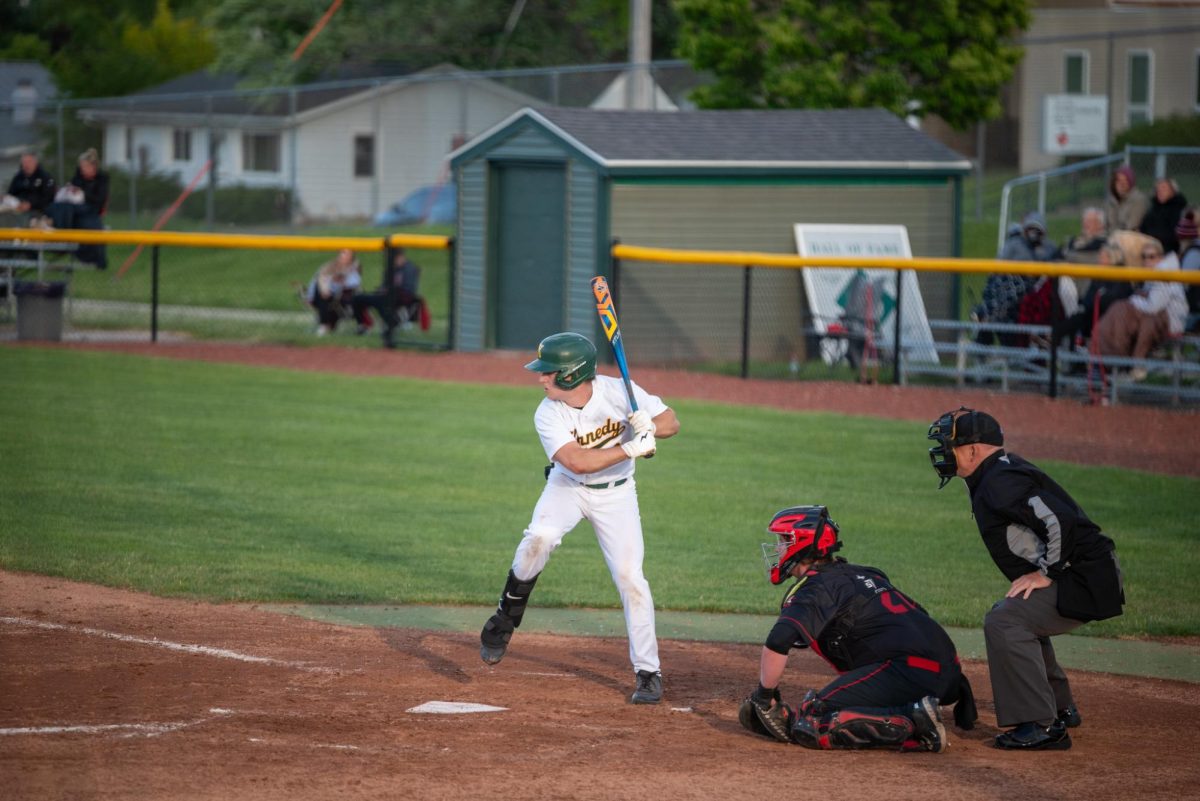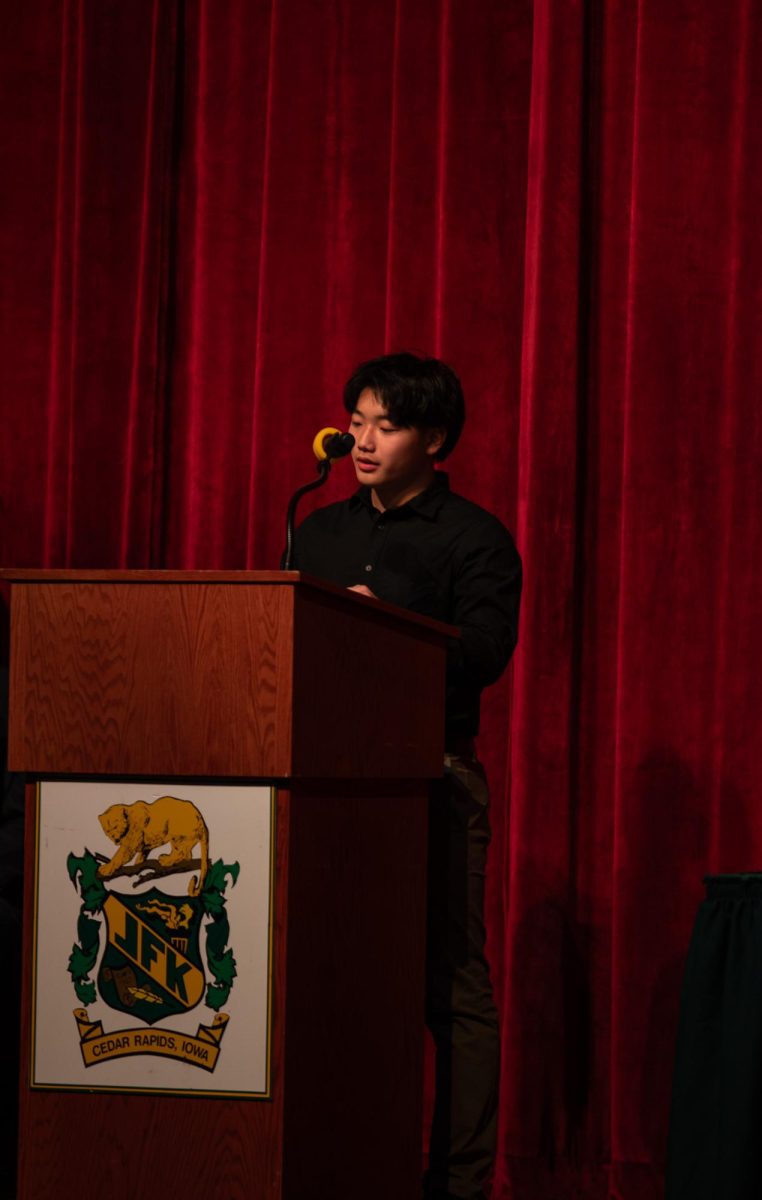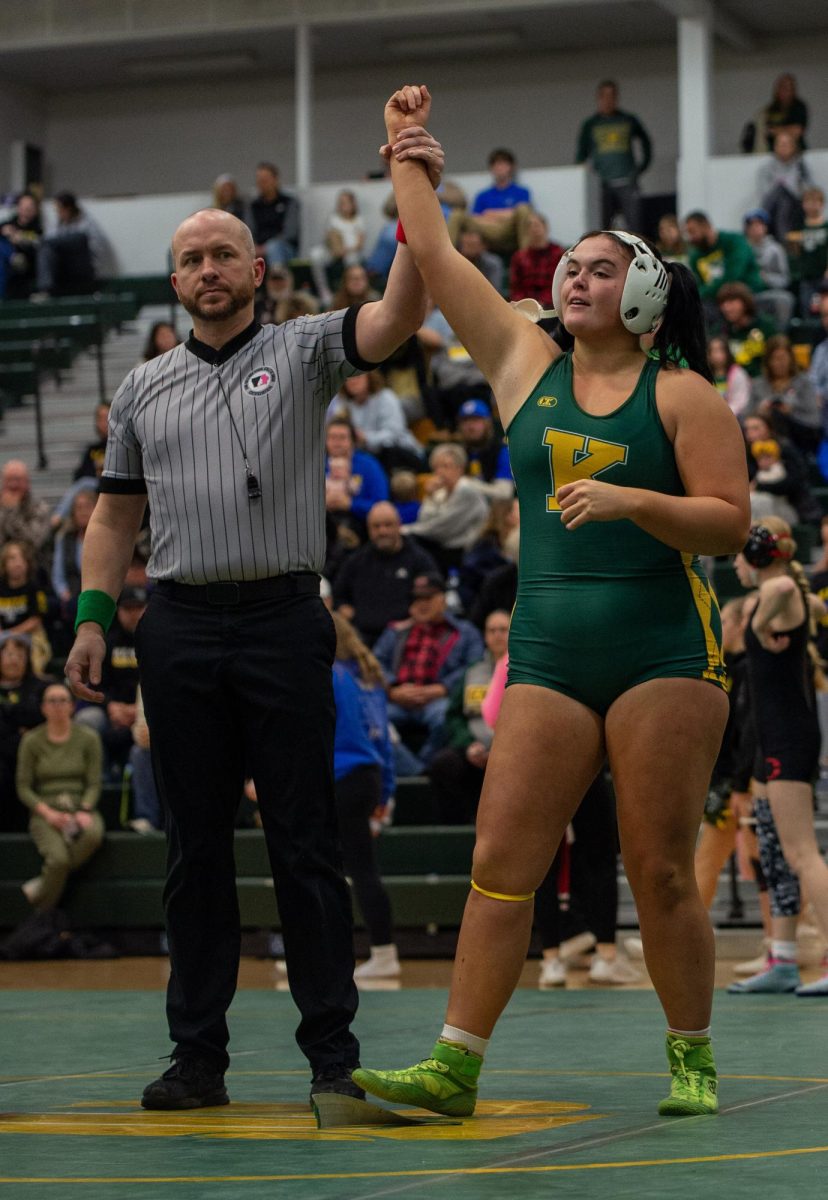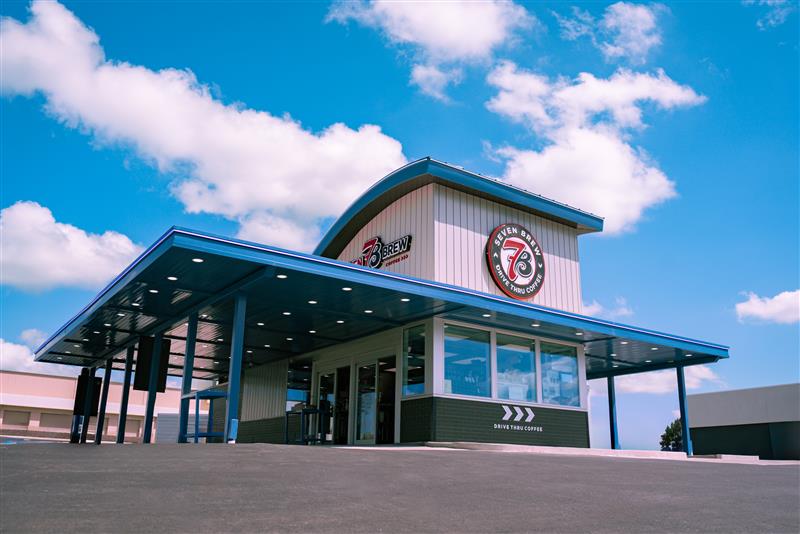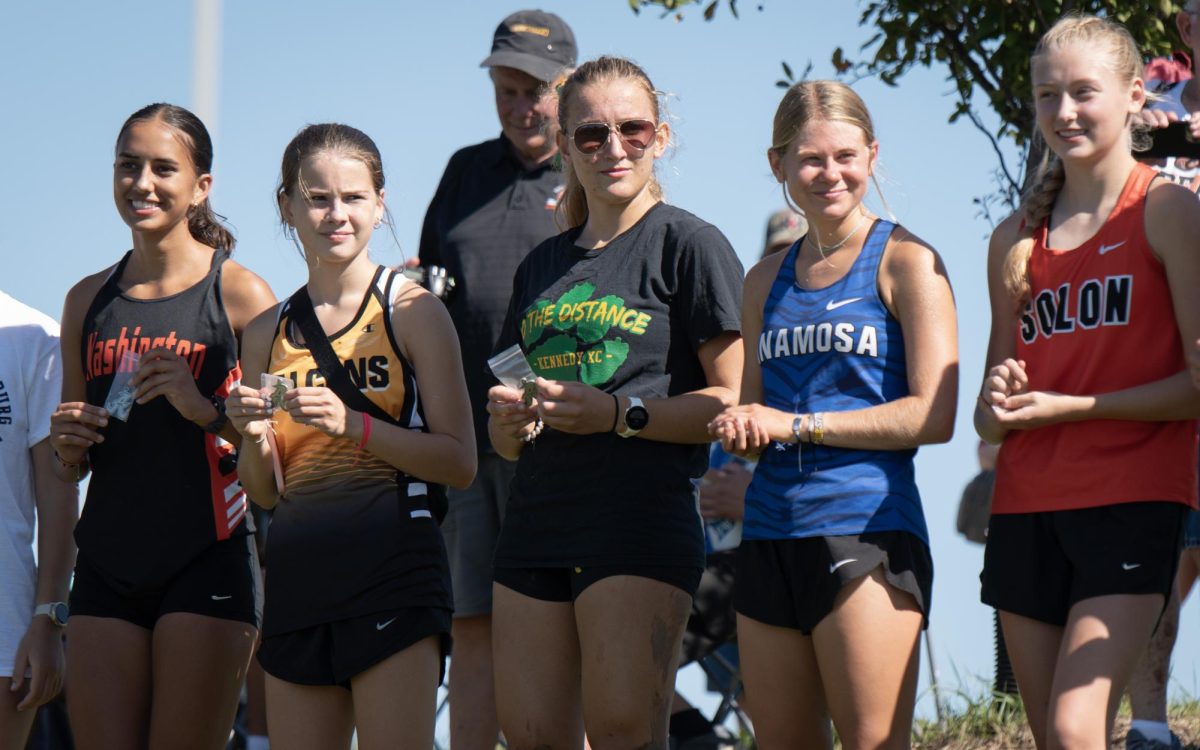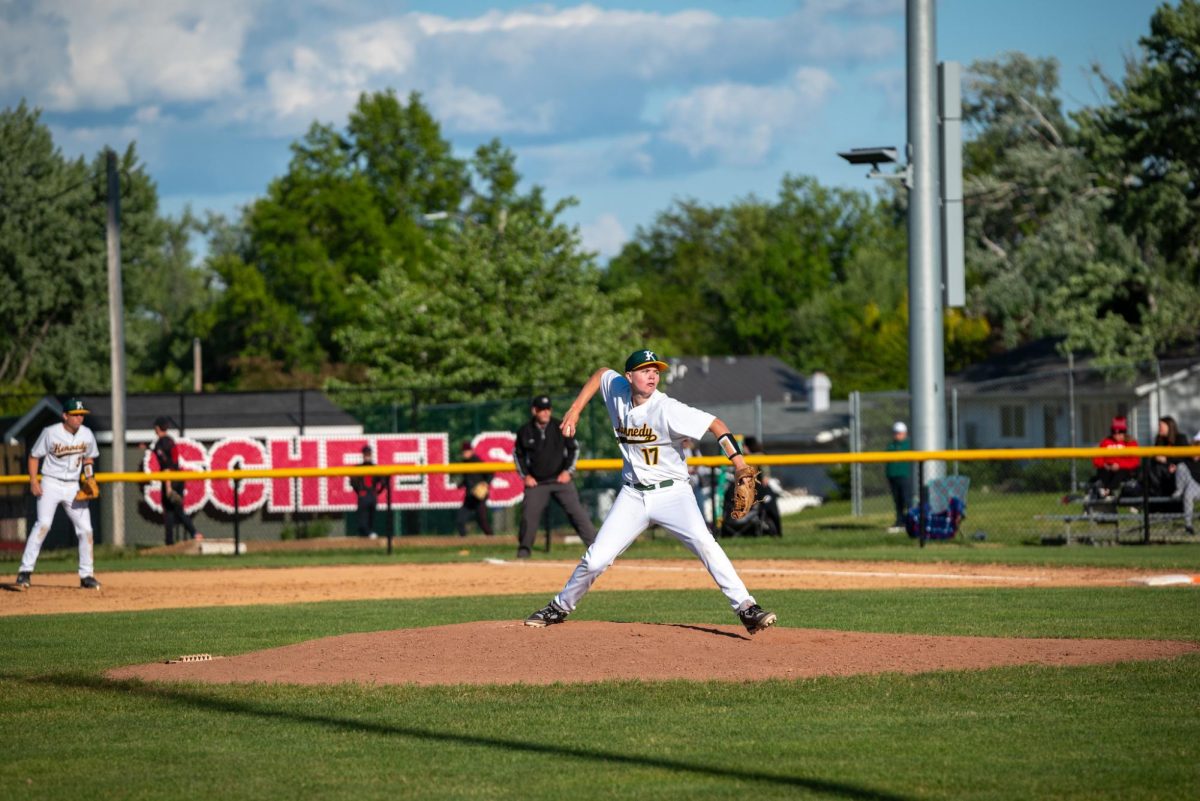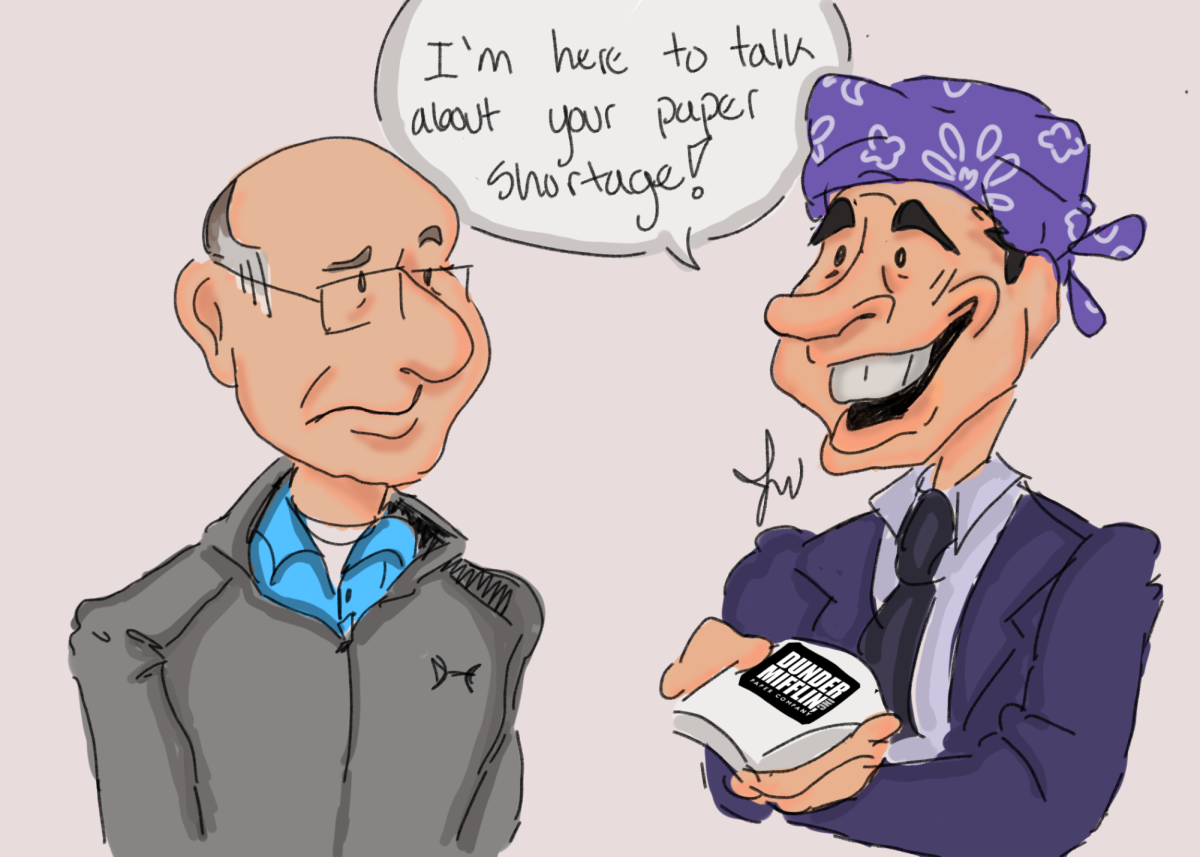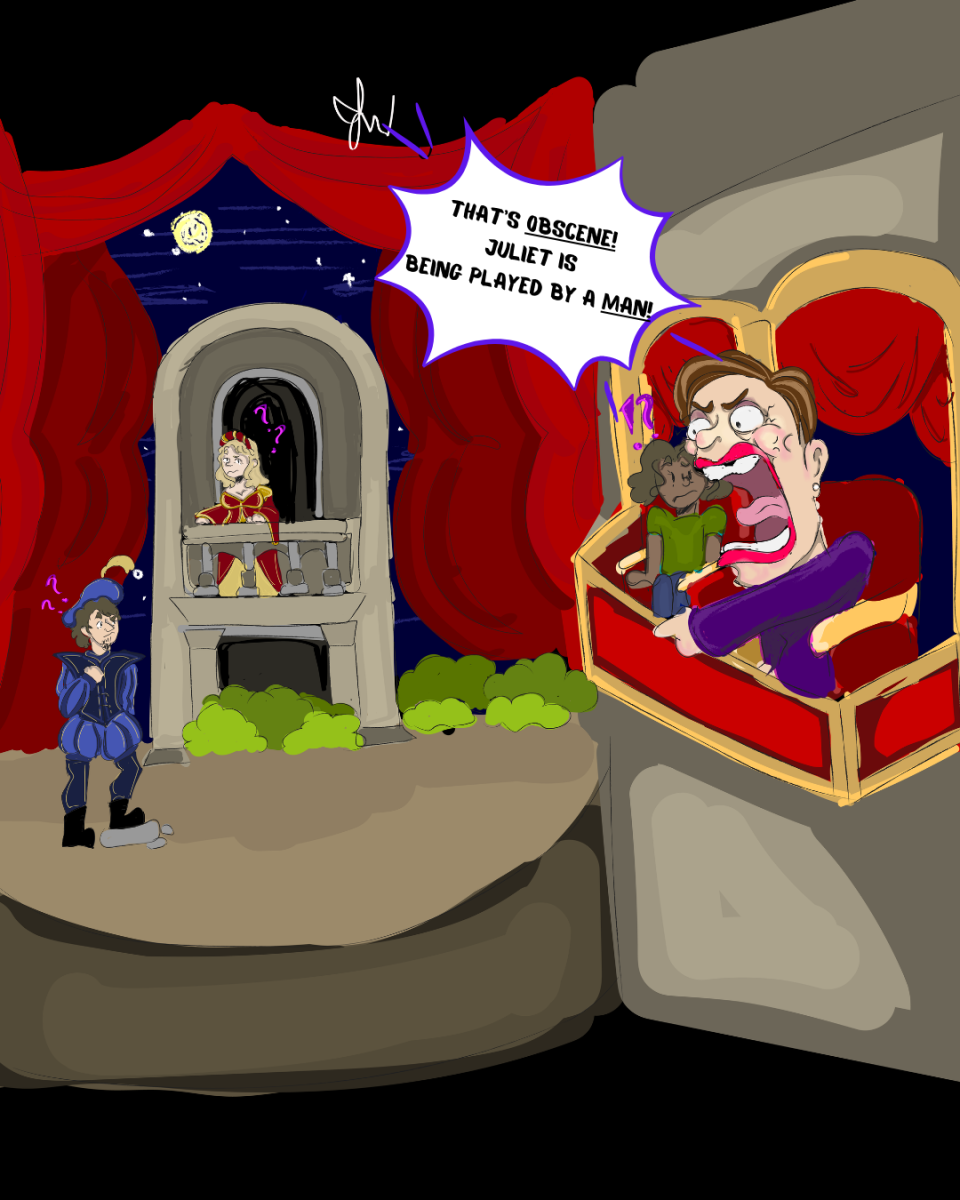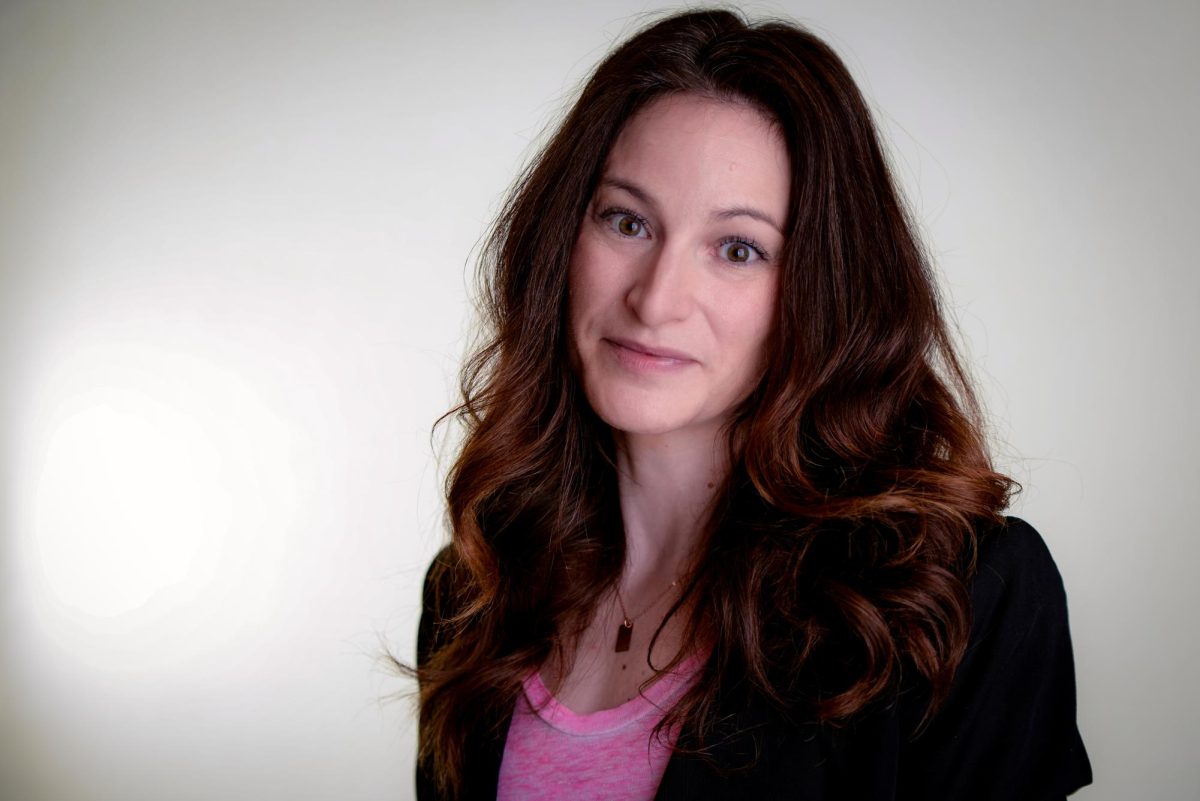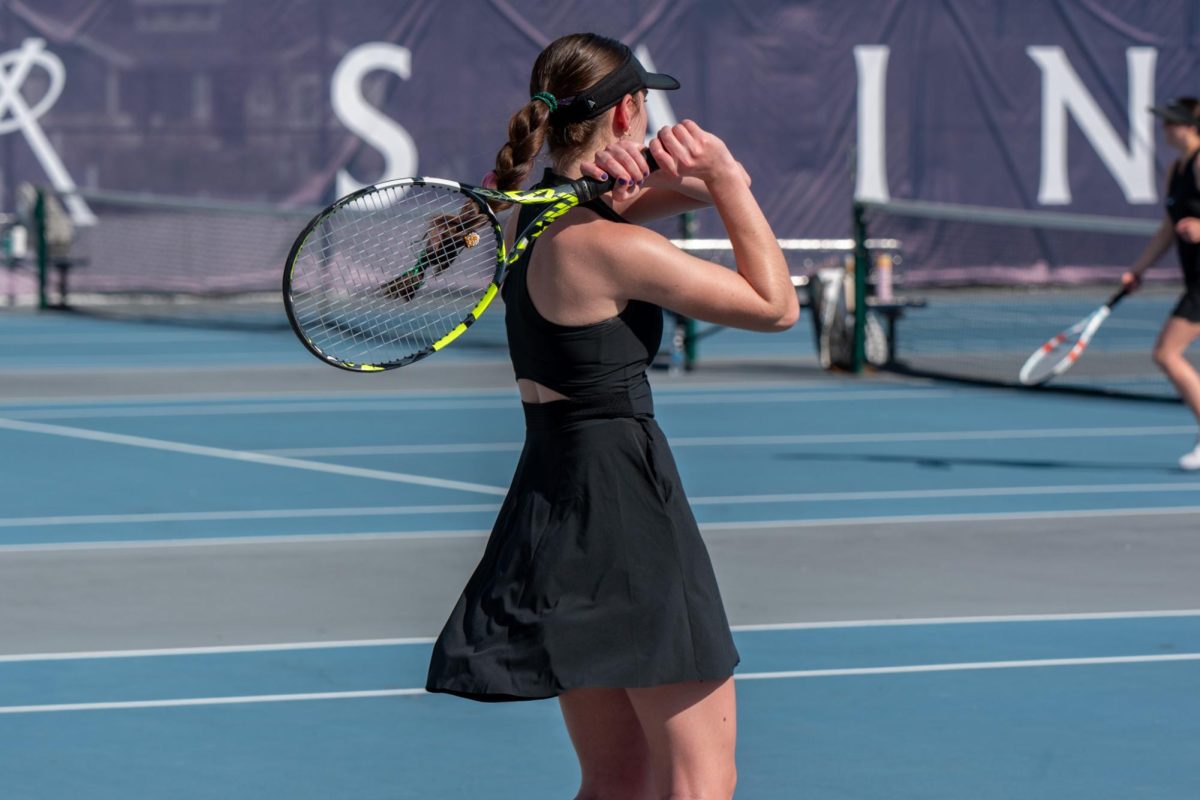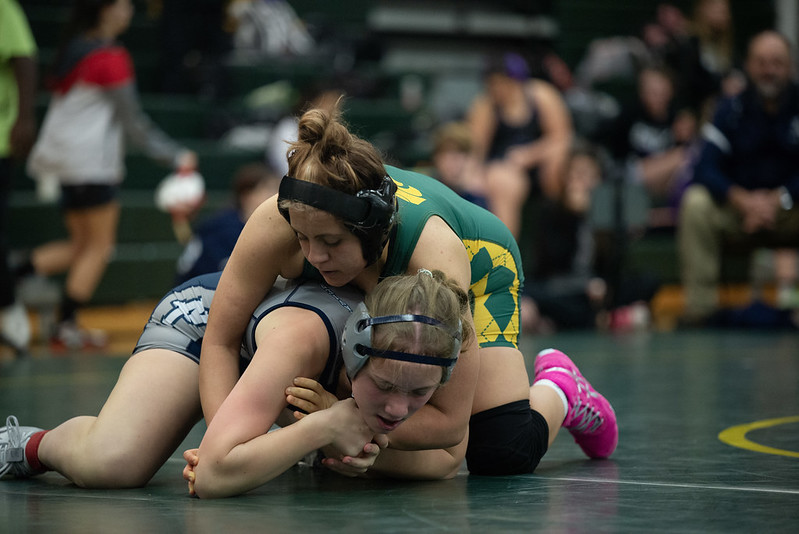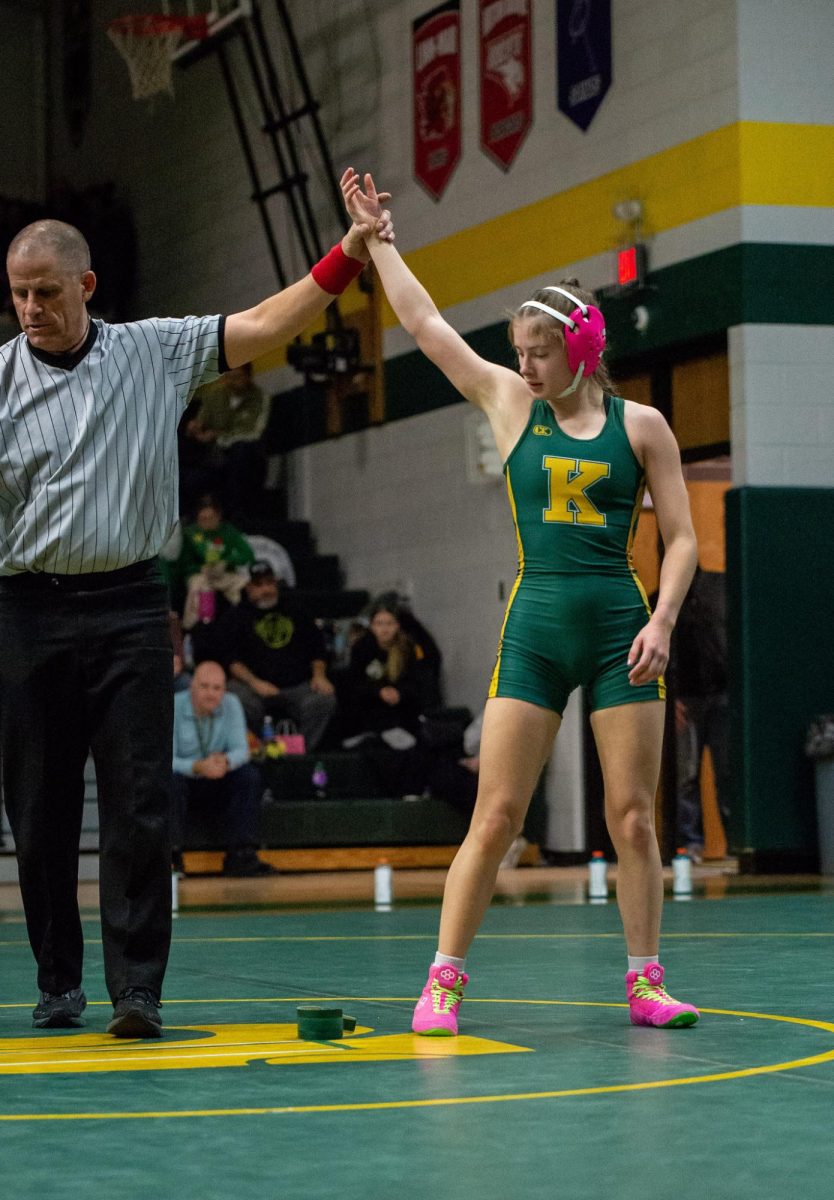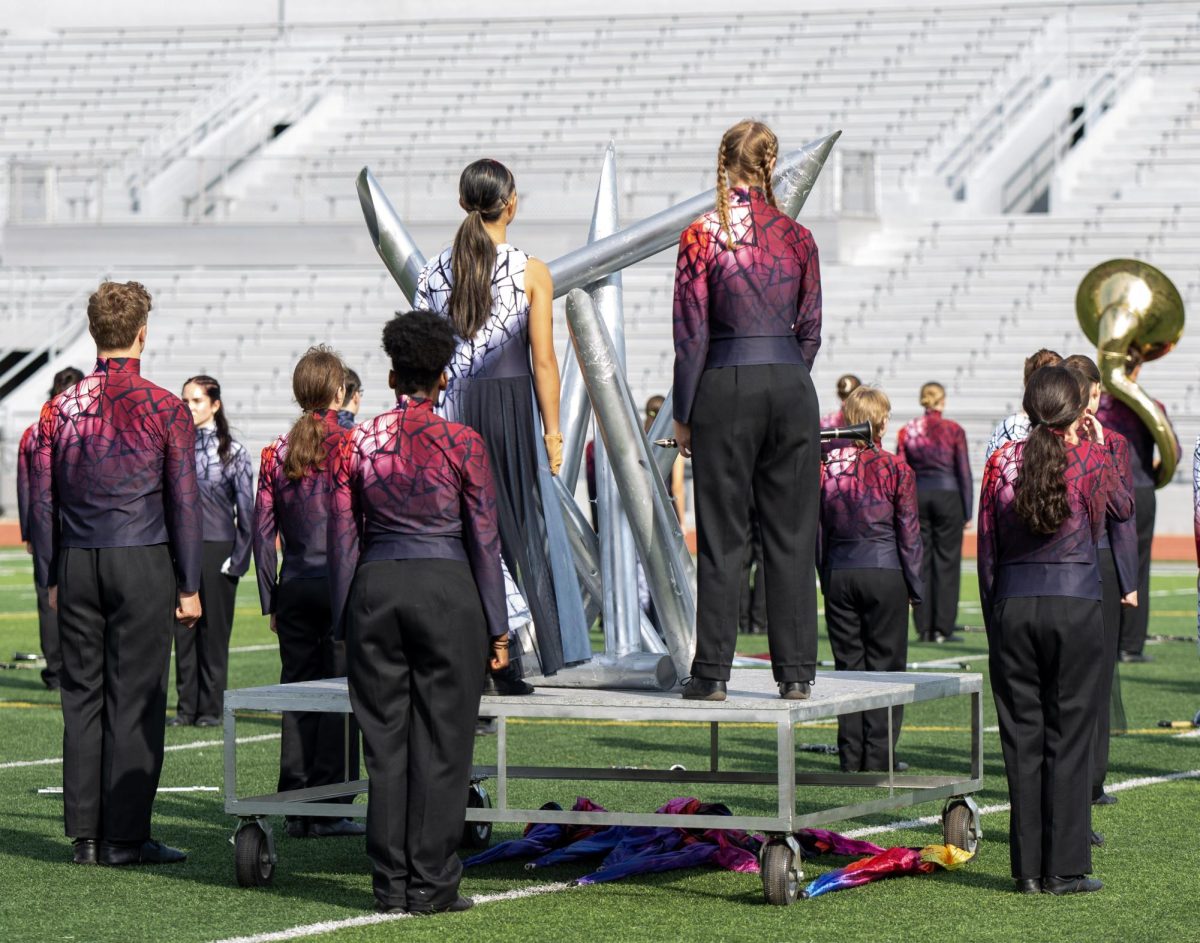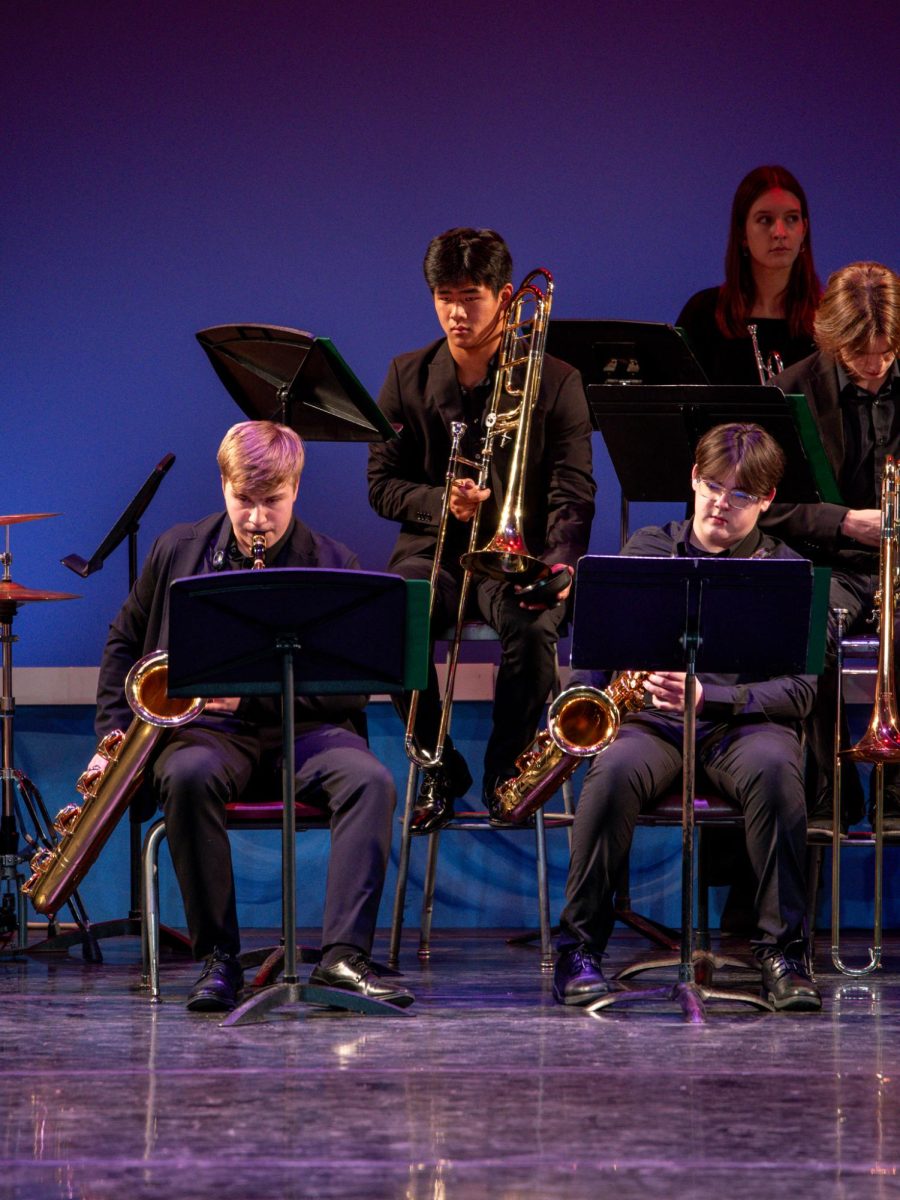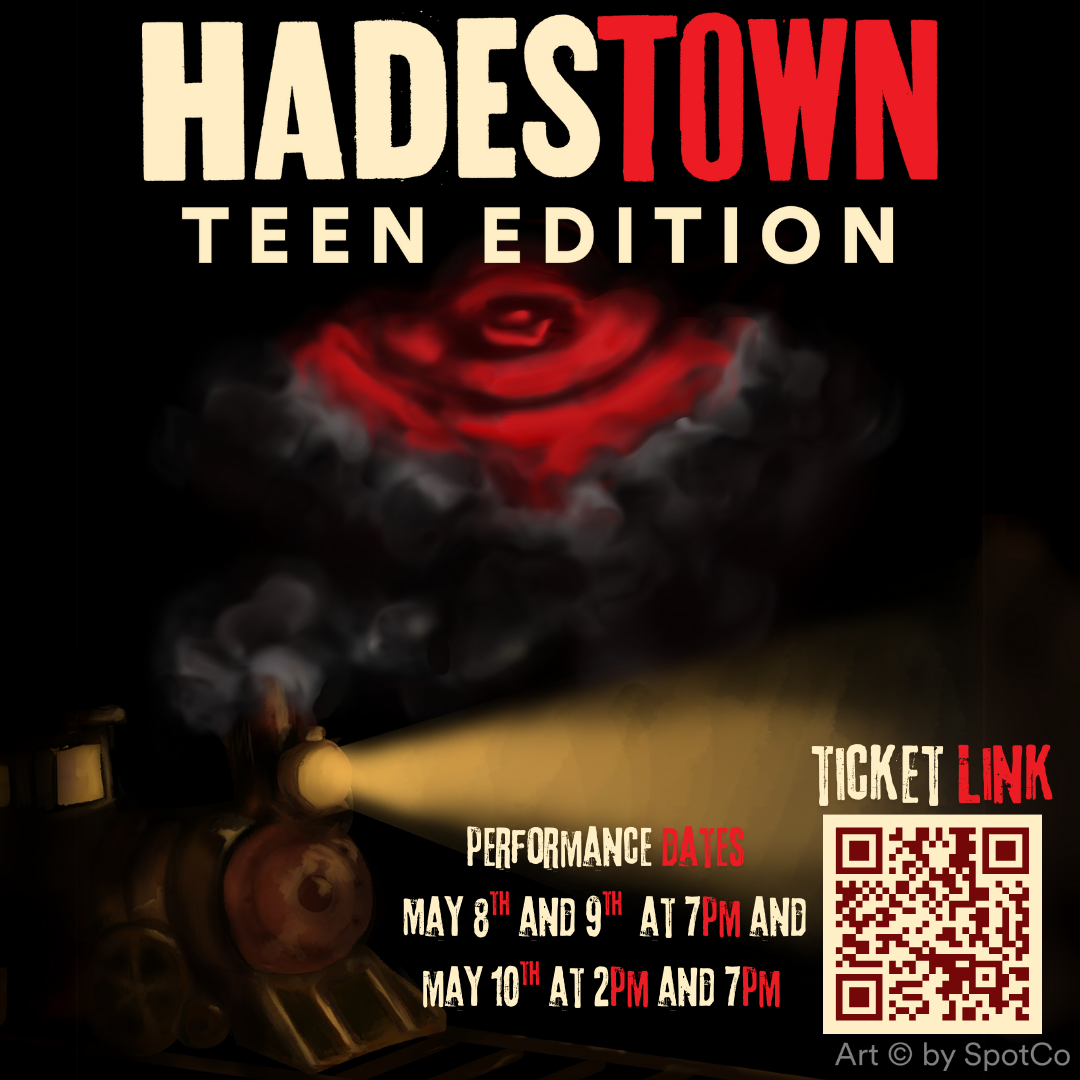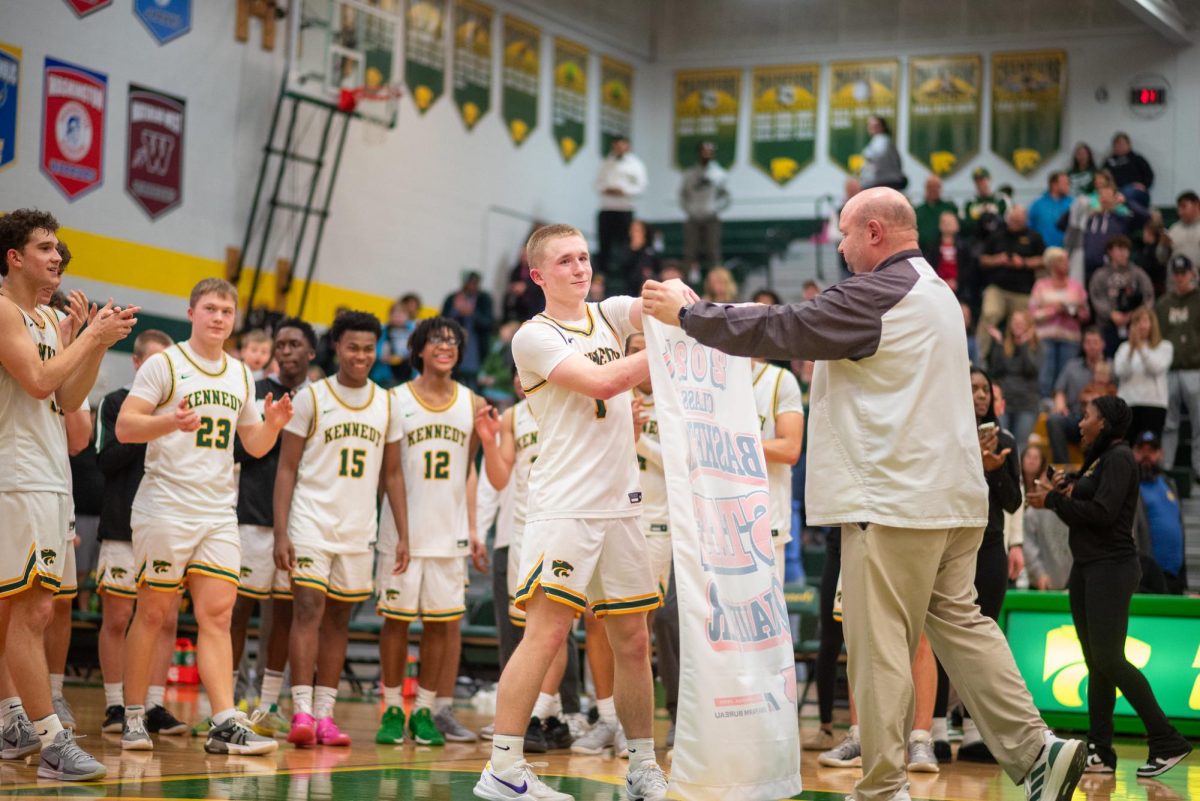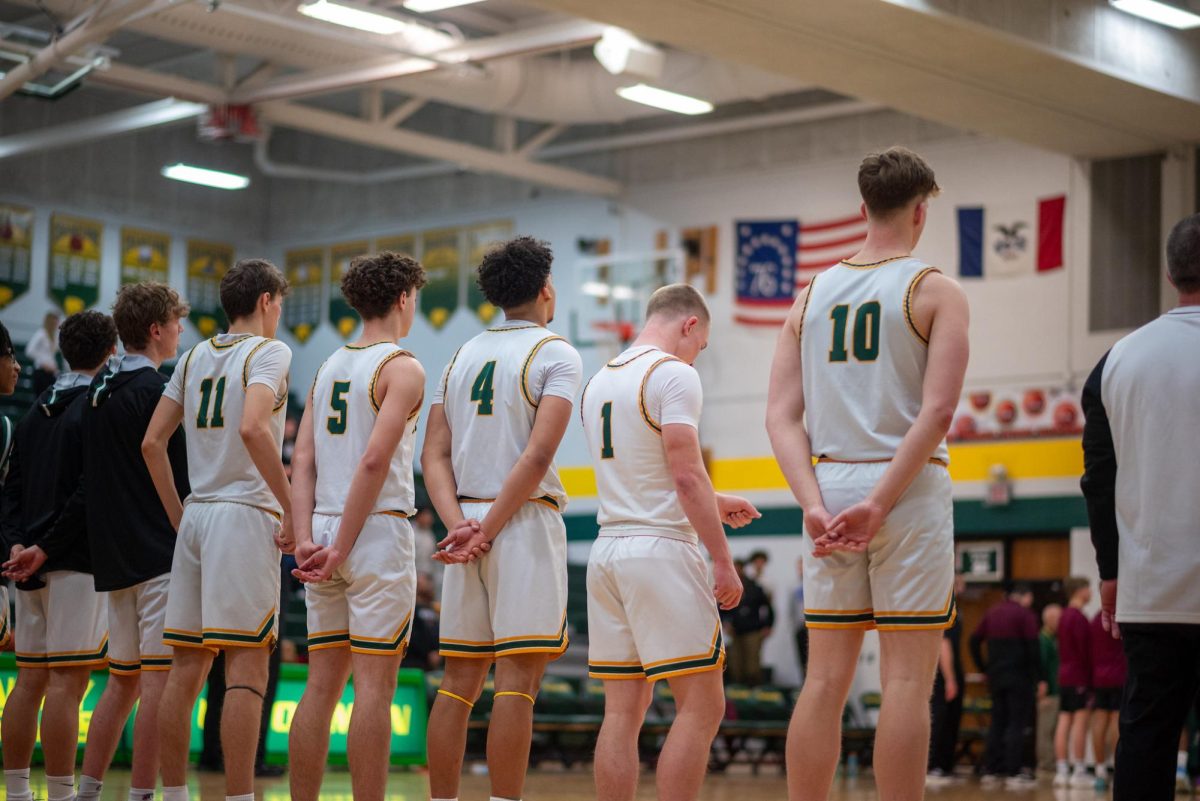Cheater, cheater
Battling academic dishonesty in the digital age
January 27, 2016
Academic dishonesty is defined as “any type of cheating that occurs in relation to a formal academic exercise.” A 2010 study conducted by U.S. News and World Report found that up to 91 percent of high school students have admitted to some form of academic dishonesty, increasing dramatically from just 20 percent in 1940.
Michael Ayers holds a Doctorate and teaches AP Language and Composition as well as the newly founded AP Capstone program. Ayers was also a fundamental influence in crafting the new academic dishonesty policy to include a more severe penalty for cheating and plagiarism.
“If there is no severe penalty there is no incentive to not do it again,” Ayers said.
Associate Principal Jim Muench also praised the new standard for its implementation and clarity.
“The new policy we generated gives teachers more leverage, and it spells out pretty clearly what the ramifications are,” Muench said.
According to the Kennedy High School handbook, the penalty for academic dishonesty is “failure on an assignment, an additional grade penalty, and/or failure from the course.”
Students may also face expulsion from organizations, including National Honor Society.
According to the U.S. News and World Report Study, cheating is a growing epidemic amongst high school students.
“It is more available on the internet, kids know they’re not supposed to do it, but it’s easier than ever before with all the technology,” said Ayers.
Muench agreed that catching students in the digital age is harder than ever before.
“It’s more of a challenge with cell phones and the availability of everything at your fingertips,” Muench said.
However, the purpose of this new policy is to not only serve as a preventative measure, but to teach students a valuable lesson before pursuing college degrees.
“The goal is to end it before college, because at least in high school you can do it without long-lasting effects, but in college, there is no tolerance,” Ayers said.
Muench offers an explanation for why he thinks students feel the perceived necessity of cheating.
“There’s a fine line between cooperative learning and cheating, and sometimes students and maybe even teachers, don’t know the difference,” Muench said.
However, Ayers realizes the pressures of being a high school student in an age where there societal perception of grade importance is at an all-time high.
“The stakes seem so high to many kids and sometimes it’s just bad decisions produced in the moment,” Ayers said.
Academic dishonesty is a growing problem throughout high schools and universities throughout the United States, and battling it in the digital age seems harder than ever before.
Ayers offered his best advice for students.
“Crime doesn’t pay, and I know our culture doesn’t reflect that very well, but eventually, it will catch up with you,” Ayers said.

